Berlin, Germany – Making its global debut at the 2011 Frankfurt Motor Show in September, the Ford Evos Concept represents the ultimate expression of Ford’s new global design language, and explores key future powertrain and vehicle technologies.
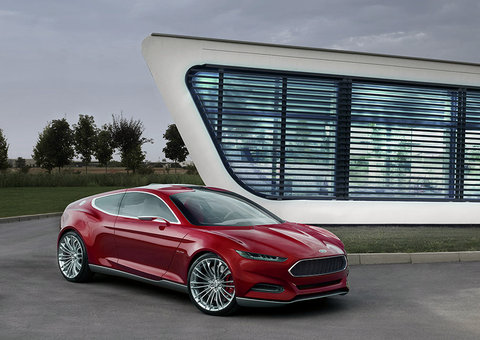
Created as a bespoke concept vehicle, the fastback introduces Ford’s first truly global design language as the momentum of the company’s One Ford product plan continues to build.
“The Ford Evos Concept unites three key elements which are at the core of our One Ford global product strategy: outstanding design, smart technologies and fuel economy leadership,” said Derrick Kuzak, group vice president of Global Product Development.
“With its compelling design and innovative technology experience, this is a clear demonstration of the exciting vision we have for the Ford brand. While you will never see this car on the road, the next generation of Ford products around the world will display many of the distinctive design ideas and advanced technologies it showcases.”

Technology vision for enriched customer experience
Ford Evos Concept is not just a design-led exercise. It also embodies the global Ford product development team's move to design and develop vehicles as more than just an interior and exterior, or a collection of attributes.
"Our goal is to focus on enriching a customer's every experience with their vehicle – by personalizing it, adapting it, and creating unique, unexpected features that surprise and delight them," said Kuzak. "In the Ford Evos Concept, this objective is explored and extended to the area of connectivity, where the intent is not to convert the vehicle into a smartphone, but rather to provide personalised and safe connection to the outside world in an enriching manner designed totally for the vehicle context."
Ford's global Research and Innovation team, led by Paul Mascarenas, was tasked with building Evos Concept around a technology experience as visionary as the design. The result signals how Ford intends to build on the momentum of innovations like the SYNC in-car connectivity system.
“At Ford, the future of technology in the car will be defined by the experience that it delivers to the driver and passengers,” said Paul Mascarenas, chief technical officer and vice president of Ford Research and Innovation. “We see technology as more than just an impressive list of microprocessors, sensors and software; it’s about the application of that technology to create an experience that enhances the driver’s time behind the wheel.”
The concept’s technology experience embraces a new generation of driver interaction and awareness currently under development in the Ford Research and Innovation laboratories. Seamless connectivity between the vehicle and the driver’s ‘personal cloud’ of information is at the heart of the vision for its capabilities.
“The possibilities are fascinating when we explore how to enable a seamless lifestyle between home, office and car linked by access to the driver’s personal information,” Mascarenas said.
With information from the cloud, the vehicle can provide the same connected lifestyle the driver experiences at home or office. The car knows the driver, and automatically adapts handling, steering and engine controls to deliver an exceptionally dynamic driving experience.
Ford researchers are focusing their efforts in this area to deliver on four key customer benefits: personalisation, seamless enhancement of the driving experience, looking after the driver’s well-being and delivering smart electrified powertrain optimisation.
The personalised, cloud-connected lifestyle
While today’s Ford products provide drivers with many personalisation options, cloud connectivity will enable future Ford vehicles to take the experience to the next level.
Drawing from a detailed understanding of the driver’s preferences and driving habits, the Ford Evos Concept combines this personal information with additional data from the cloud, such as the driver’s work schedule and local traffic or weather conditions. This information provides a personalised and seamless experience as the driver transitions in and out of the car.
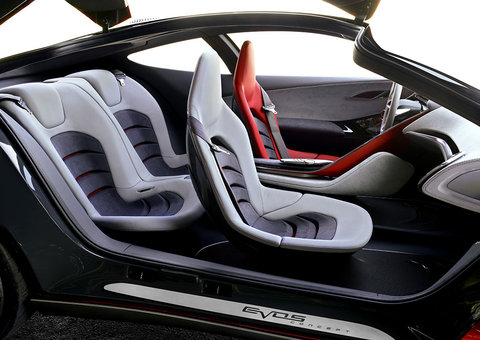
“We’re researching how we can use patterns or preferences set by the driver to make life simpler,” said Mascarenas. “The car gets to know you and can act as a personal assistant to handle some of the usual routines of a daily commute.”
It could automatically play the same music or news program that was just streaming at home, or heat or cool the interior to an ideal temperature before the driver gets in without having to be requested by predicting departure time based on his calendar. Wirelessly communicating with devices in the home, it could close the garage door and switch off the lights automatically as it pulls away.
“This cloud-connected vision shows the enormous potential of tailoring the driving experience to suit the exact personal tastes and moods of the driver,” said Mascarenas. “From recommending a great driving road from friends on your social networks or resetting your alarm clock to let you sleep in when a morning meeting gets cancelled!”
Enhanced driving experience
Ford Evos Concept explores adaptive vehicle technologies to redefine the driving experience.
Current technology requires vehicle chassis settings to be defined based upon the abilities and tastes of a cross-section of drivers and the topography of typical roads. The concept foresees tuning handling and performance to the road ahead and the specific individual behind the wheel.
Learning driver habits and capabilities, the technology can overlay map and weather data sourced from the cloud to adjust powertrain, steering, suspension and braking systems for optimum enjoyment, comfort and safety. Because the vehicle is adaptive and honed to maximum performance based on the situation, it takes driving engagement to a new level.
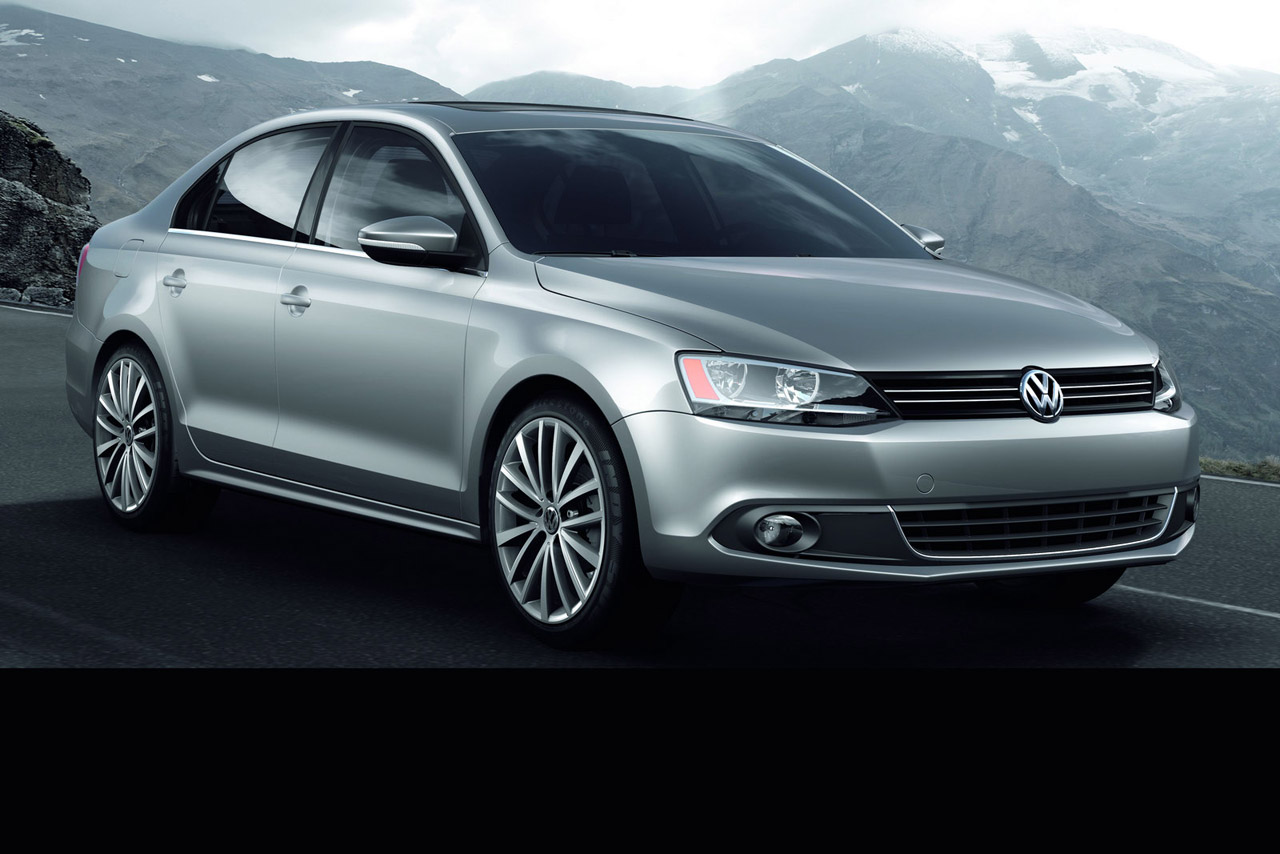 DETROIT, MI - Volkswagen in the United States is recalling more than 30,000 Jetta sedans from the 2011 and 2012 model years because the tailpipes can stick out too far and burn people.
DETROIT, MI - Volkswagen in the United States is recalling more than 30,000 Jetta sedans from the 2011 and 2012 model years because the tailpipes can stick out too far and burn people.

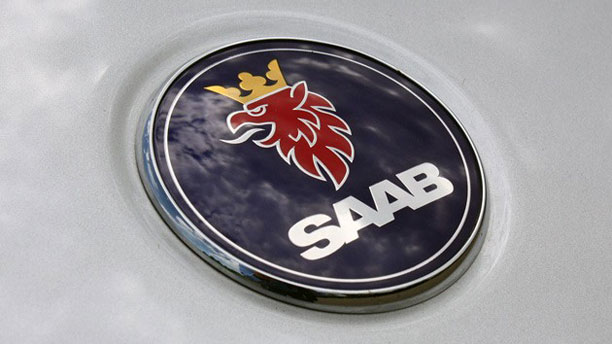 STOCKHOLM, SWEDEN - Swedish car maker Saab is filing for bankruptcy protection in a self-managed reconstruction process.
STOCKHOLM, SWEDEN - Swedish car maker Saab is filing for bankruptcy protection in a self-managed reconstruction process.


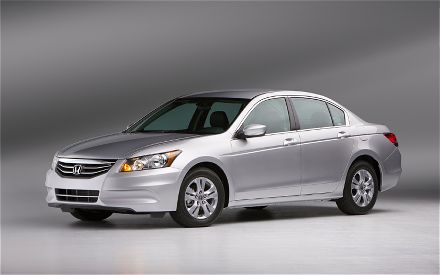 Even the most spontaneous summer road trips usually have some kind of loose itinerary, whether it’s visiting vintage ballparks, exploring historic cities and heritage sites, or a Rain Man-style raid on Vegas. But most road-trippers will tell you that the allure of the open road has less to do with where you’re going than with the potential for adventure along the way: more often than not, the journey turns out to be more memorable than the eventual destination. And though the same is probably also true in the grand scheme of things, when you’re hitting the road to cover the Honda Indy 200, an open-wheel race on a natural-terrain road course in Lexington, Ohio, that draws many of the finest drivers in the world, it’s hard to keep that old Taoist principle in mind.
Even the most spontaneous summer road trips usually have some kind of loose itinerary, whether it’s visiting vintage ballparks, exploring historic cities and heritage sites, or a Rain Man-style raid on Vegas. But most road-trippers will tell you that the allure of the open road has less to do with where you’re going than with the potential for adventure along the way: more often than not, the journey turns out to be more memorable than the eventual destination. And though the same is probably also true in the grand scheme of things, when you’re hitting the road to cover the Honda Indy 200, an open-wheel race on a natural-terrain road course in Lexington, Ohio, that draws many of the finest drivers in the world, it’s hard to keep that old Taoist principle in mind.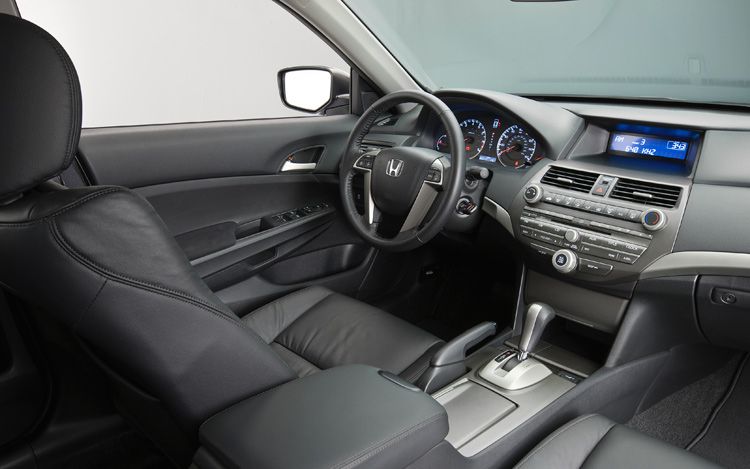




 MARKHAM, Ontario – Hyundai Auto Canada Corp. today announced its new 2012 Veloster 3-door coupe will have a manufacturer’s suggested retail price starting at $18,999. As a Hyundai, the Veloster will be very well equipped with features such as 17-inch alloy wheels, proximity keyless entry with push-button start, Gasoline Direct Injection fuel-saving technology, back-up camera and a 7-inch touch screen display as standard equipment.
MARKHAM, Ontario – Hyundai Auto Canada Corp. today announced its new 2012 Veloster 3-door coupe will have a manufacturer’s suggested retail price starting at $18,999. As a Hyundai, the Veloster will be very well equipped with features such as 17-inch alloy wheels, proximity keyless entry with push-button start, Gasoline Direct Injection fuel-saving technology, back-up camera and a 7-inch touch screen display as standard equipment.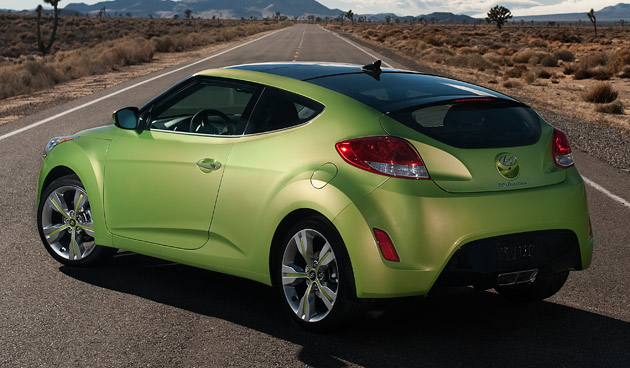
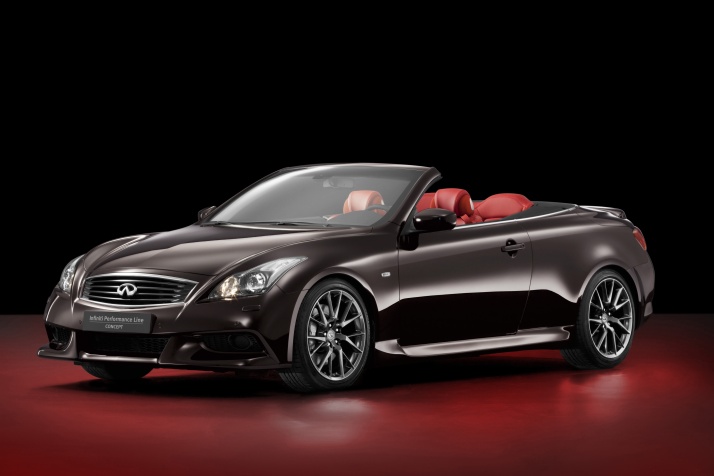 – Infiniti Performance Line (IPL) Expands As Stunning New Open-Top Model Joins IPL G Coupe in Infiniti Showrooms Beginning Spring 2012 –
– Infiniti Performance Line (IPL) Expands As Stunning New Open-Top Model Joins IPL G Coupe in Infiniti Showrooms Beginning Spring 2012 –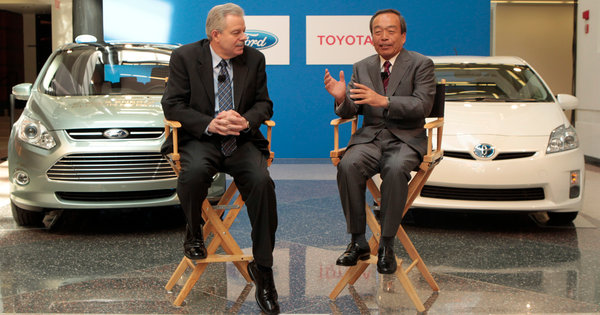 Dearborn, Mich.– Ford Motor Company and Toyota Motor Corporation – the world’s two leading manufacturers of hybrid vehicles – today announced they will equally collaborate on the development of an advanced new hybrid system for light truck and SUV customers.
Dearborn, Mich.– Ford Motor Company and Toyota Motor Corporation – the world’s two leading manufacturers of hybrid vehicles – today announced they will equally collaborate on the development of an advanced new hybrid system for light truck and SUV customers.
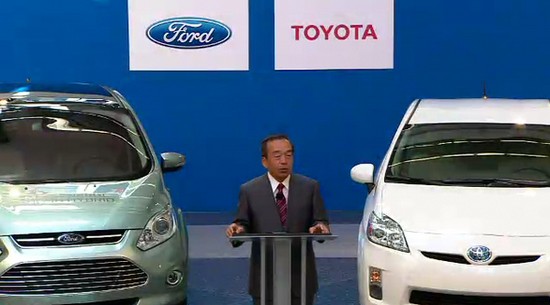
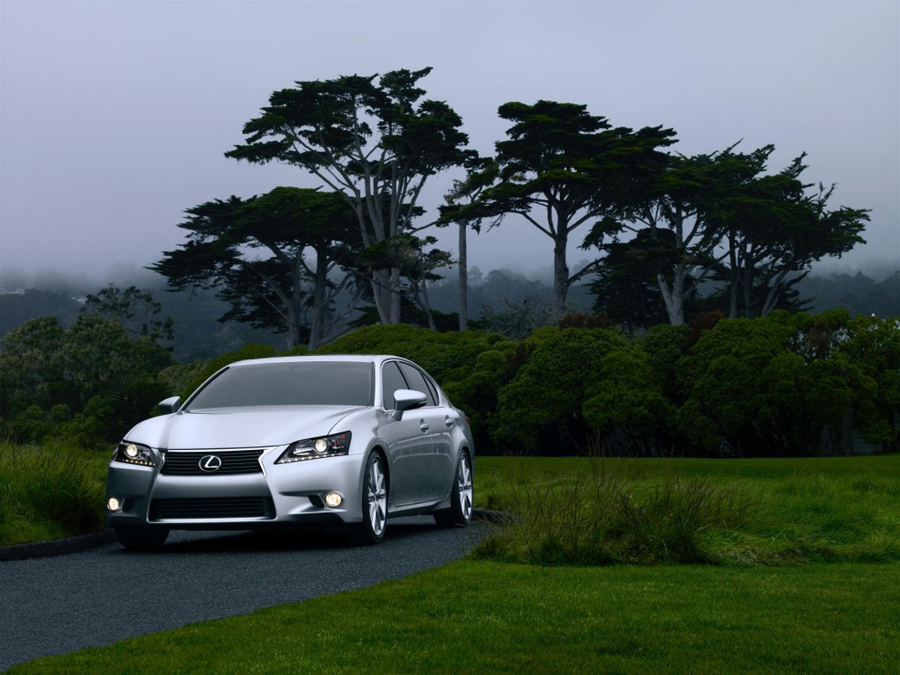 PEBBLE BEACH, Calif. – Lexus today unveiled the all-new GS 350 at a press conference in conjunction with the Pebble Beach Concours d’Elegance. The new 2013 GS combines bold, dynamic styling, precise handling, innovative technology, and a spacious interior. In addition to the GS 350, the 2013 GS 350 hybrid model and an available F-Sport package will be launched in early 2012 with further details to follow later this year.
PEBBLE BEACH, Calif. – Lexus today unveiled the all-new GS 350 at a press conference in conjunction with the Pebble Beach Concours d’Elegance. The new 2013 GS combines bold, dynamic styling, precise handling, innovative technology, and a spacious interior. In addition to the GS 350, the 2013 GS 350 hybrid model and an available F-Sport package will be launched in early 2012 with further details to follow later this year.

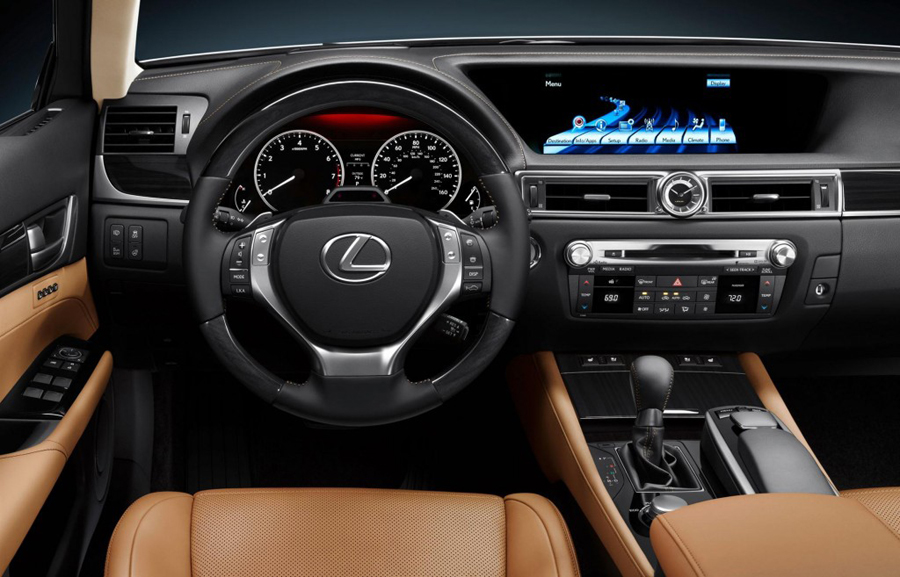
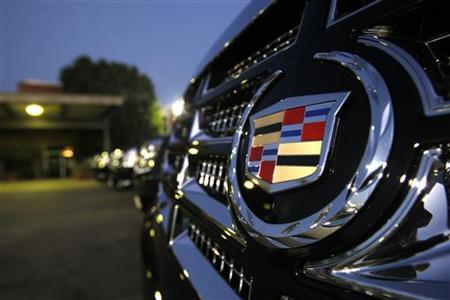 DETROIT, MI — General Motors Co. confirmed Wednesday it will build a luxury electric car based on the technology used in its Volt plug-in hybrid for Cadillac as the automaker also studies plans for an all-electric small car for its mainstream Chevrolet brand.
DETROIT, MI — General Motors Co. confirmed Wednesday it will build a luxury electric car based on the technology used in its Volt plug-in hybrid for Cadillac as the automaker also studies plans for an all-electric small car for its mainstream Chevrolet brand.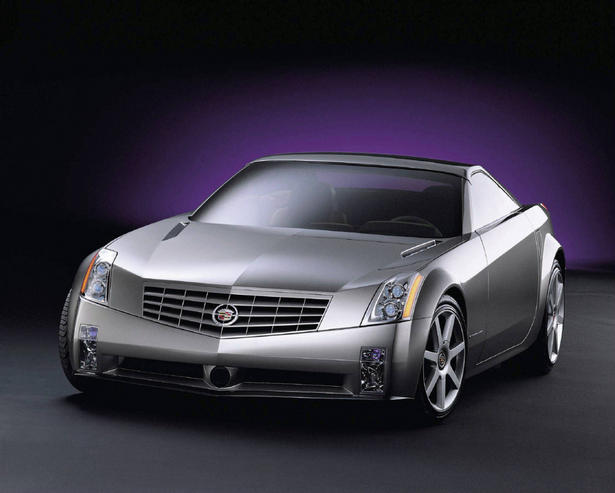
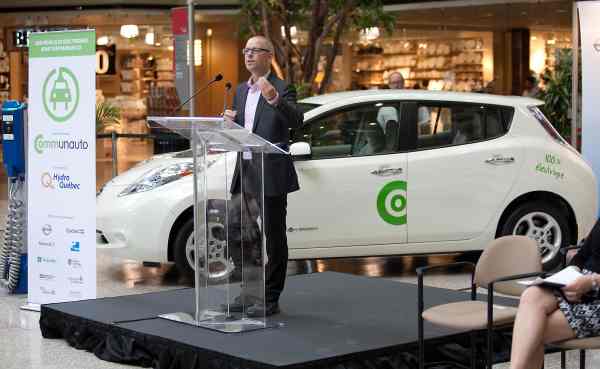 QUÉBEC CITY, QUE - Communauto, Hydro-Québec and Nissan Canada are proud to announce the launch of the largest North American all-electric carsharing service, and the first of its kind in Québec. The project will be rolled out until early 2012 , with 50 all-electric Nissan LEAFs added to Communauto's fleet, including 15 available today.
QUÉBEC CITY, QUE - Communauto, Hydro-Québec and Nissan Canada are proud to announce the launch of the largest North American all-electric carsharing service, and the first of its kind in Québec. The project will be rolled out until early 2012 , with 50 all-electric Nissan LEAFs added to Communauto's fleet, including 15 available today.